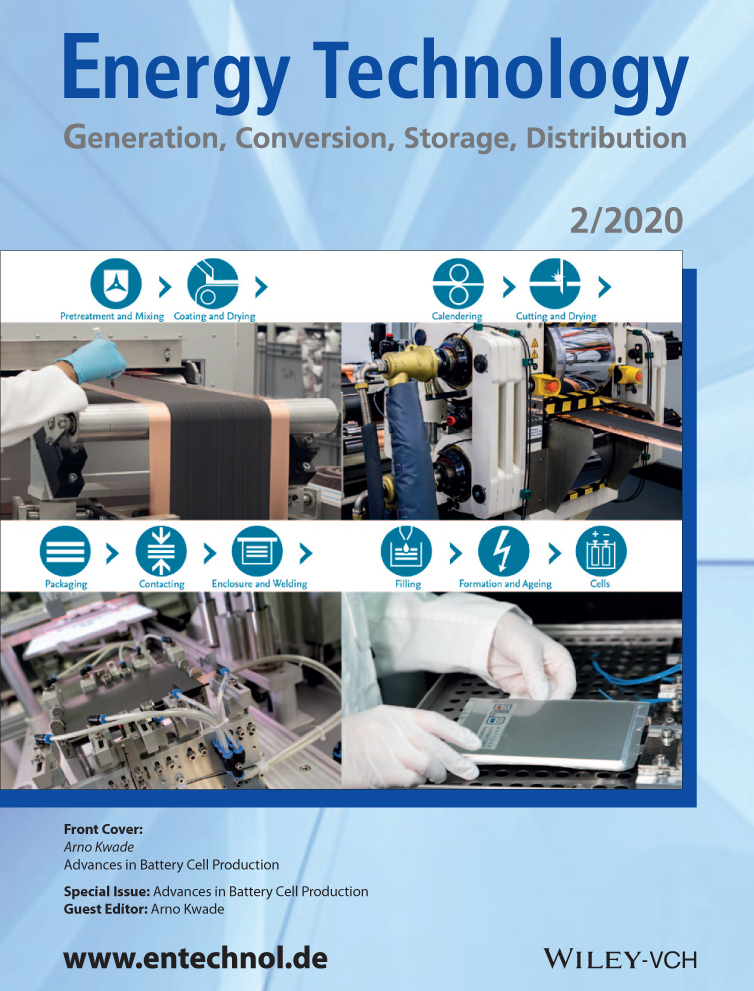The Influence of Different Post-Drying Procedures on Remaining Water Content and Physical and Electrochemical Properties of Lithium-Ion Batteries
Abstract
The post-drying of electrodes and separators for lithium-ion batteries just before cell assembly aims at reducing the water content in the cells below a critical value. This is important as the remaining water can lead to cell degradation and thus cause a safety risk. In addition, it can impede the formation of an effective solid electrolyte interface. Nevertheless, the post-drying of lithium-ion battery electrodes and separators is still poorly investigated. Considering this, three different post-drying procedures are investigated on pouch cells and compared with the non-post-dried state. The remaining water contents are measured via coulometric Karl Fischer Titration and correlated to the resulting electrochemical performance. Surprisingly, the most intensely post-dried cells show the worst electrochemical performance despite reaching the lowest water content. In contrast, the mildest post-dried cells, which show the highest water content, achieve the best electrochemical performance. Further analyses show that extreme post-drying can cause irreparable damages within the electrode structures. Therefore, a good electrochemical performance is not only guaranteed by low remaining water content but also, in particular, by gentle post-drying.
Conflict of Interest
The authors declare no conflict of interest.




